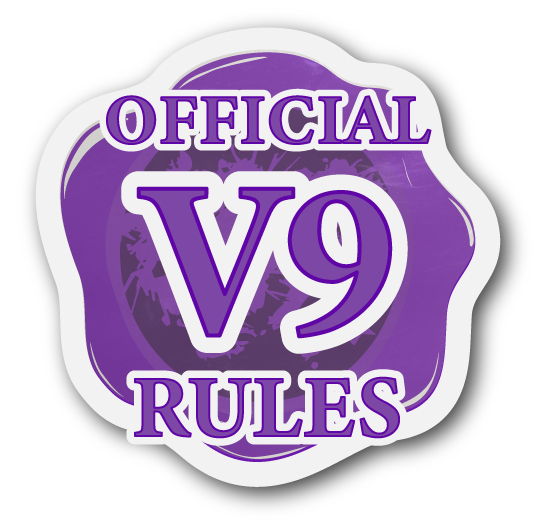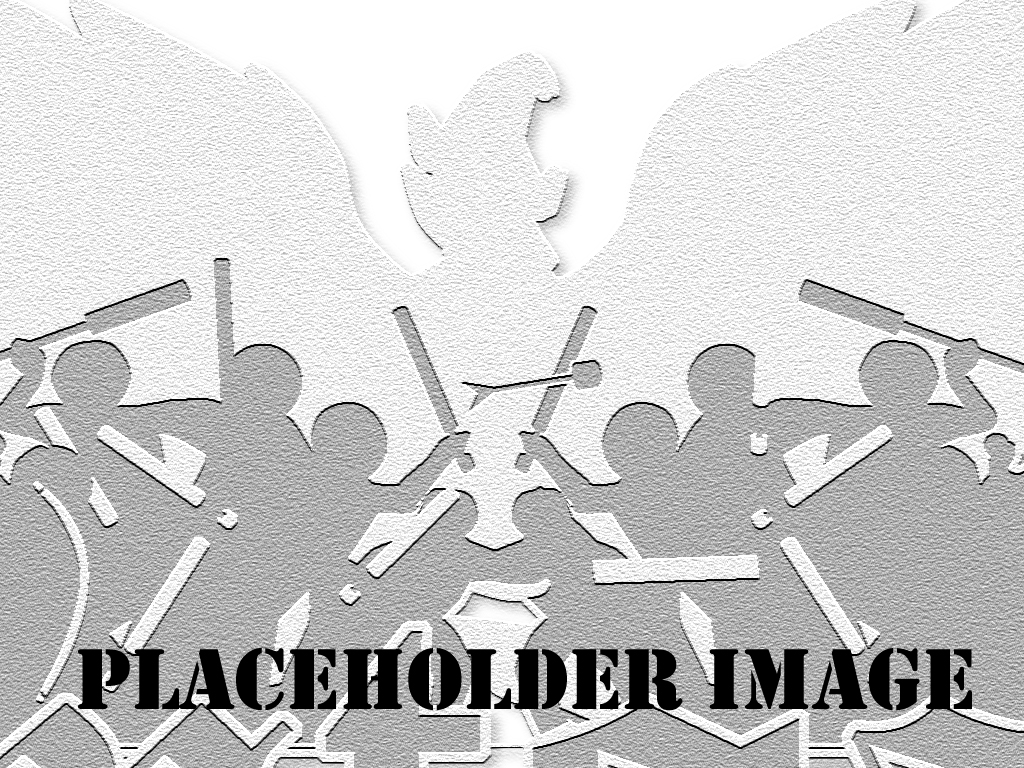V9: Strike-Legal
From AmtWiki
This page is part of the Official Amtgard V9 Alpha-Playtest Rulebook.
- The Amtwiki is the official home and primary source for Amtgard V9 Rules as of February 25, 2023.
- These rules are currently in Open Alpha Playtest. See the Playtest Disclaimer for more details.
- To learn more about Amtgard V9 Development, please visit Amtgard.com.
- To view the current Amtgard V8 ruleset, please see the Amtgard V8 Rulebook.
Strike-Legal Padding
Strike-Legal Padding is padding that is used to create striking surfaces that are safe to strike another player with.
- Weapons that require Strike-Legal Padding must be sufficiently padded to prevent injury if used to strike an opponent with the most force that could reasonably be expected in Amtgard combat. Combat contact with the strike-legal portions of a weapon must not be unreasonably painful, nor should it leave bruises or have the potential to break bones and teeth when used by an average player as well as its intended user.
- Since combat is chaotic and every participant has different pain tolerances and sensitive areas, occasional instances of uncomfortable contact should be expected, however repeated or egregious offenses from the same weapon should result in the weapon and/or the user being removed from play.
- No part of the weapon’s striking surface, whether the tip, the edge, the face or any other part, may protrude more than 1.5” through a two-and-a-half inch (2.5”) ring when uncompressed.
- All Strike-Legal surfaces must have an opaque cover and be visually distinct from Non-Striking Surfaces on the same weapon.
Melee Strike Legal
In addition to the above, Strike-Legal padding on melee weapons must begin at each Striking Tip and move inward along the core toward the Handle. It must be continuous for the entire required length. Any forked segments that split from a Strike-Legal point must also be entirely Strike-Legal.
- Must have at least 1” of approved closed-cell foam over the weapon core.
- Must have a cross-section of at least 2.5” from edge to edge.
- The entire circumference of the core does not need to be strike-legal, however any part of this circumference that is not strike-legal must be covered with Incidental Padding and cannot be used to strike with.
- Striking Tips must be sufficiently capped to resist stab impact and prevent the core from pushing through. The foam should not deflect or fold over excessively when stabbing and always return to its original position.
- It is strongly recommended that surfaces intended to strike with a thrusting motion include extra open-cell foam to cushion the blow. Weapons designed for two-handed stabs, such as large pikes, may need even more padding than smaller, single-handed weapons. Hit Testing will help determine what is the ideal amount of extra padding for player safety and comfort.
Heavy Padding & Super Heavy Padding
A melee weapon with a strike-legal, edge-to-edge cross section of 4” or greater is considered to have Heavy Padding. A strike-legal, edge-to-edge cross section of 8" or greater is considered to have Super Heavy Padding.
- Heavy Padding must begin within 3” of the Striking Tip and proceed continuously towards the handle.
- Padding Substitution: For each inch of Heavy Padding added along the core, you may replace one (1) inch of required Strike-Legal Padding with Incidental Padding. For each inch of Super Heavy Padding, you may replace two (2) inches.
- Incidental Padding added in this manner must begin by replacing the padding closest to the handle and then proceed continuously towards the Striking Tip.
- A weapon cannot substitute more than 50% of its required Strike-Legal padding this way.
Example: A 48” Long weapon would typically require 32” of Strike-Legal padding. Using Heavy Padding Substitution you could have 16” of Heavy Padding, followed by 16” of Incidental Padding; and with Super Heavy Padding Substitution, you could have 8" of Super Heavy padding, followed by 8" of regular Strike-Legal, and then 16" of Incidental Padding.

